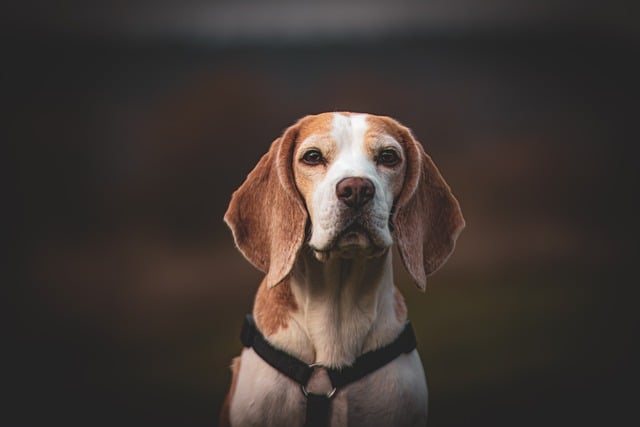
How do i train my dog to be obedient?
Watching your dog dart across the park ignoring your calls isn’t just frustrating—it can put them at risk near busy streets or public spaces.
Beagles, with their curious noses and boundless energy, can turn potty training into a game of hide-and-seek if you’re not prepared. Those big, expressive eyes might make you overlook a stray puddle, but consistency is key—especially when local ordinances in places like Portland or Manchester fine owners for uncollected waste. Start by mapping your day around their needs: puppies under six months need a trip outside first thing in the morning, after meals, and right before bed. Adult beagles thrive on routine too, so set a schedule and stick to it.
Choose a spot that’s easy for them to access—avoid steep stairs or muddy patches. When you take them out, use a consistent phrase like “go potty” to signal what’s expected. Beagles are scent-driven, so leaving a small piece of soiled paper there can help them recognize the area as their bathroom. Stay with them and wait patiently—distractions like squirrels or passing bikes can derail their focus.
 Accidents will happen, especially with puppies. If you catch them mid-accident, calmly pick them up and move them to their designated spot. Never scold or hit them—fear will only make training harder. Clean up accidents thoroughly with an enzymatic cleaner to eliminate odors; leftover scents will encourage them to go in the same spot again. Praise and treats work wonders when they get it right—beagles love food, so a tiny piece of chicken or a favorite biscuit will reinforce good behavior.
Accidents will happen, especially with puppies. If you catch them mid-accident, calmly pick them up and move them to their designated spot. Never scold or hit them—fear will only make training harder. Clean up accidents thoroughly with an enzymatic cleaner to eliminate odors; leftover scents will encourage them to go in the same spot again. Praise and treats work wonders when they get it right—beagles love food, so a tiny piece of chicken or a favorite biscuit will reinforce good behavior.
As they get older, gradually extend the time between potty breaks. Adult beagles can usually hold it for 6-8 hours, but don’t push it—regular outings keep them comfortable and prevent accidents. Remember, some cities require dogs to be leashed even in your yard, so check local laws to stay compliant. A quick call to your town hall or a look at their website can save you from unexpected fines.
Training a beagle to go in one spot takes time and patience, but the payoff is worth it. A well-trained beagle is a happy companion, and you’ll both enjoy stress-free days without the worry of cleaning up messes. Celebrate small wins, stay consistent, and soon enough, they’ll head straight to their spot without a second thought.

Watching your dog dart across the park ignoring your calls isn’t just frustrating—it can put them at risk near busy streets or public spaces.

New puppy owners often find themselves rushing to clean up accidents before they set in, and that’s where puppy pad training becomes a game-changer.

If you've noticed your dog's waistline disappearing and your veterinarian has mentioned those few extra pounds, your first instinct might be to simply reduce the amount of food in their bowl.

Training a dog to use a designated spot indoors isn’t as daunting as many new owners fear, but it does take consistency and an understanding of your pet’s needs.

That moment of dread on a walk is all too familiar for many new dog owners. You see another dog approaching down the sidewalk of your neighborhood

If the sight of another dog on your neighborhood walk makes your heart sink as your own dog erupts into a frenzy of barking and lunging, you're not alone.